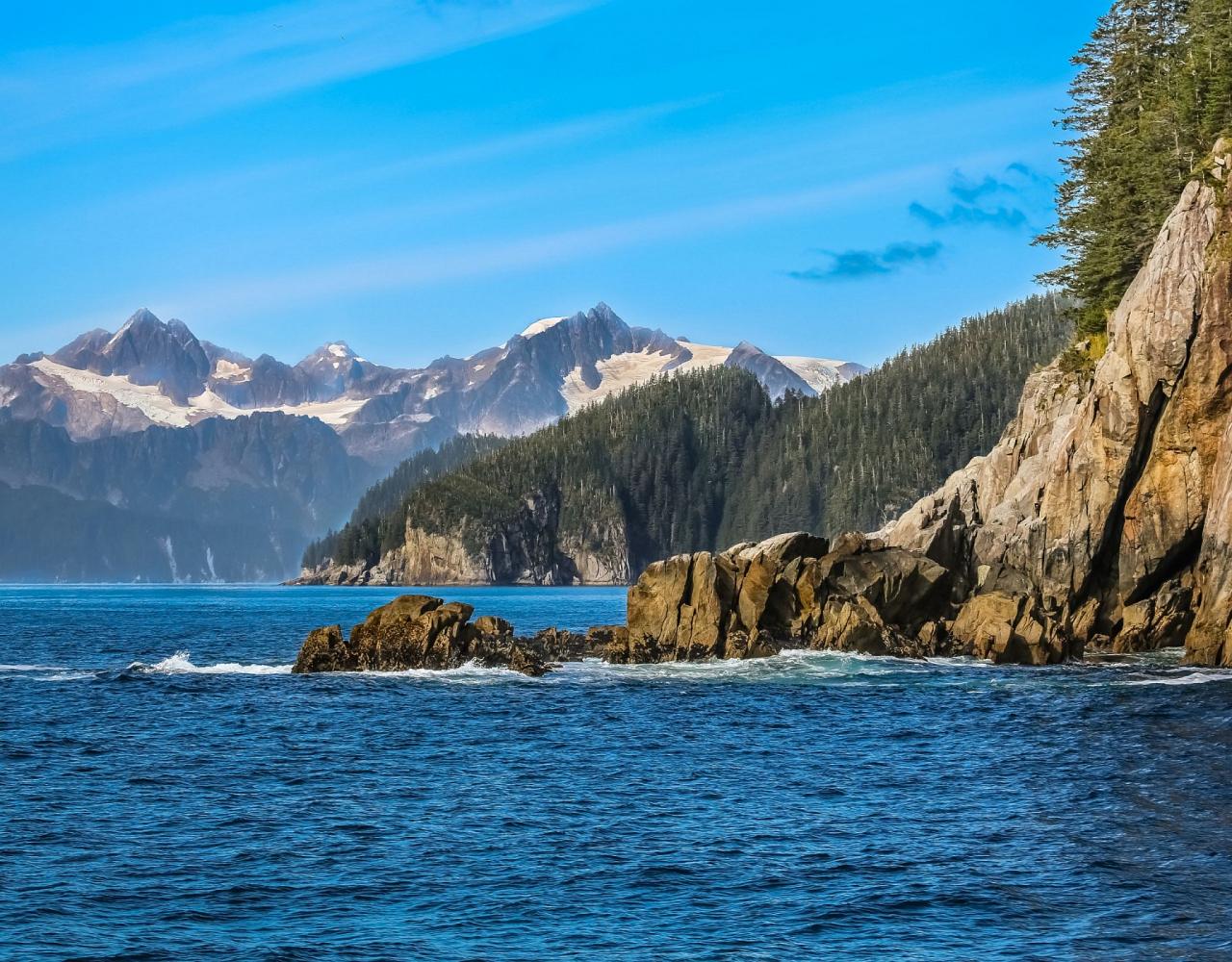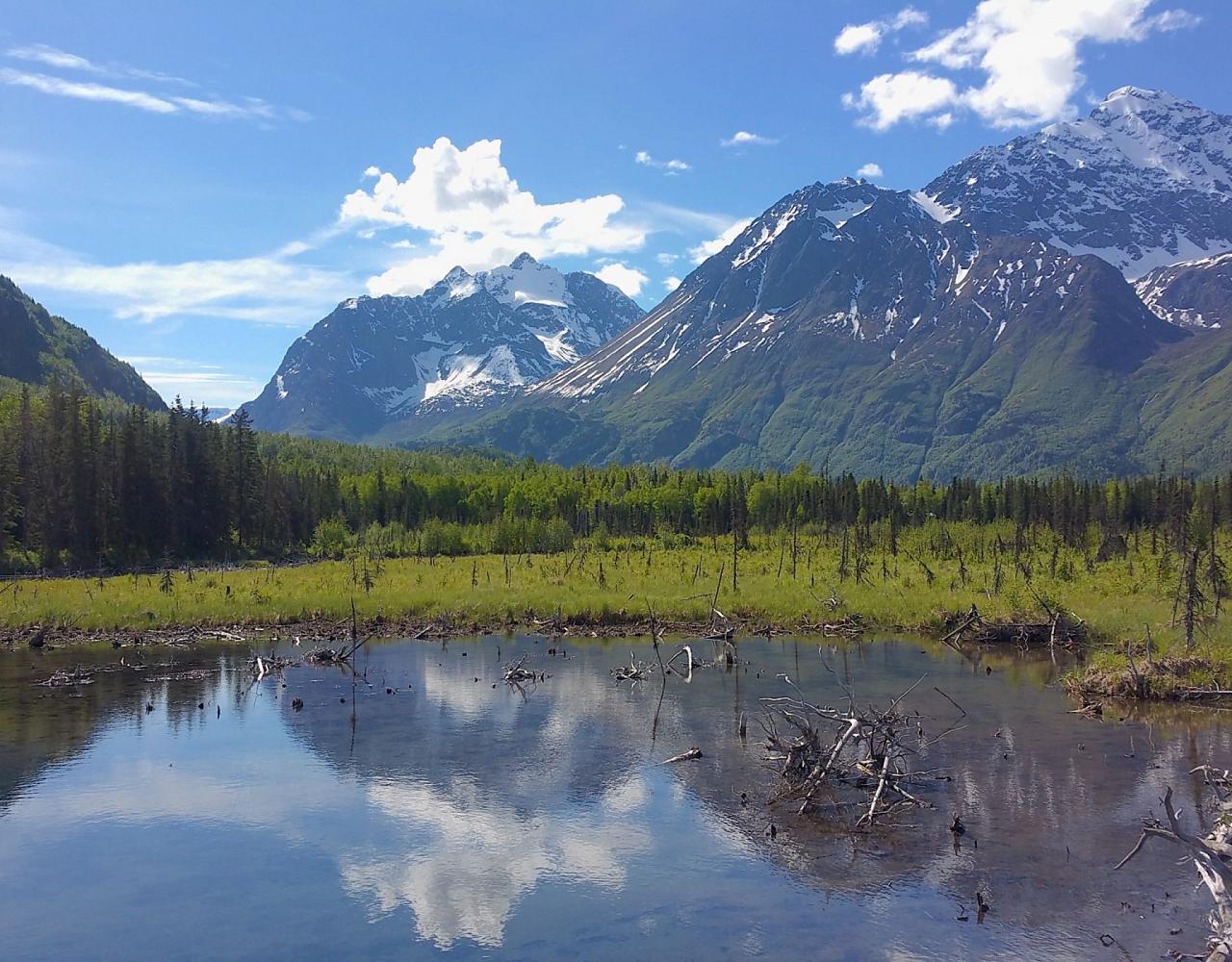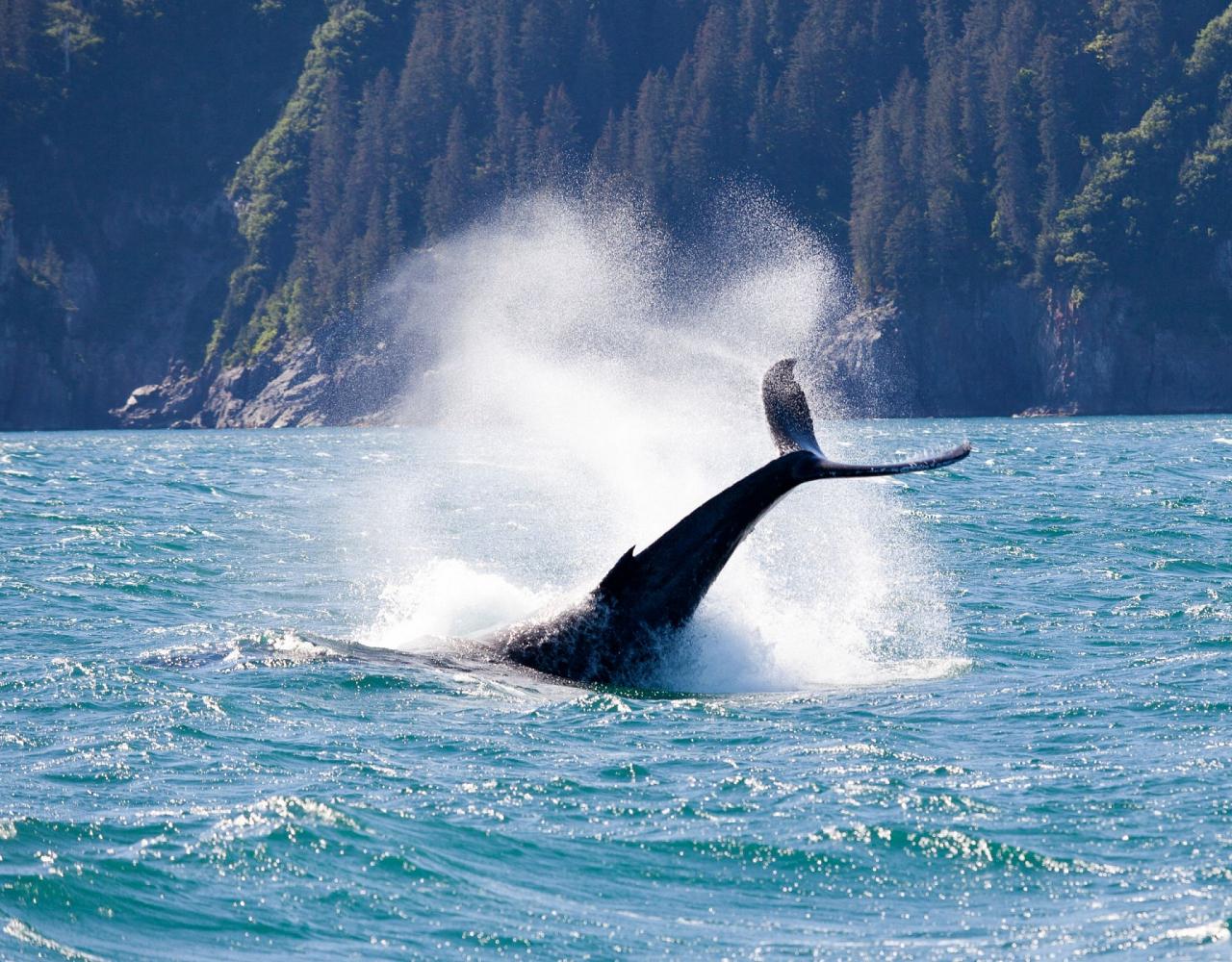- Overview
- Full Itinerary
- Photo Gallery
- Costing
- Travel Details
- Trip Reports
- Guides
- Map
- Know Before You Go
In a world where the treasures of wildlife and wild places dwindle, Alaska remains a wilderness jewel. More than any place in North America, its wild character and ecological integrity make a visit here a must. We explore in June to take advantage of endless daylight, active birds, breeding wildlife, and very few biting insects.
In Nome, Seward, Anchorage, and Kenai Fjords, we visit signature landscapes — from the coast to boreal forests. We explore the Arctic tundra and search for nesting shorebirds, seek out Moose and a variety of birds in thick spruce forests, circumnavigate seabird nesting islands amid the narrow fjords of Kenai.
This is spring in Alaska, a wonderful time for bird activity as they nest in the almost 24-hour daylight at Nome. Mammals have their young and snow can still linger on the landscape. It’s fresh and vibrant and one of the most wildlife-rich trips in our repertoire.

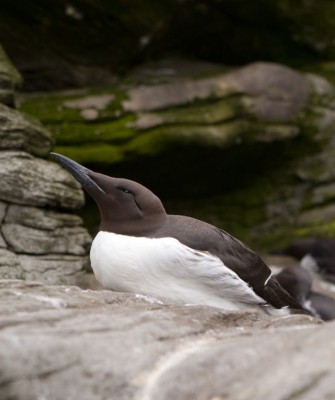


Tour Highlights
- Explore Nome’s wild tundra landscape while searching close to the Arctic Circle for Asian vagrants and nesting waterbirds
- Stand on the finish line of the Iditarod
- Explore vibrant downtown Anchorage
- Cruise into the Gulf of Alaska while viewing a diversity of marine mammals and nesting seabirds
- Experience the sights and sounds of an actively calving glacier in Kenai Fjord NP
- Take advantage of once-in-a-lifetime opportunities to photograph Alaska’s birds, mammals, wildflowers, and scenery


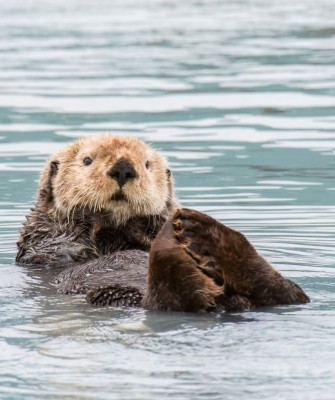

Trip Itinerary
Itineraries are guidelines; variations in itinerary may occur to account for weather, road conditions, closures, etc. and to maximize your experience.
Tues., June 3 Anchorage
Welcome to Anchorage! Your guide is waiting for you at a delightful inn situated close to downtown and right above Cook Inlet. It’s a 20-minute taxi ride to get there. Those in by 2:00 PM can enjoy some birding with your guide; we then meet as a group for an early welcome dinner at one of Anchorage’s best restaurants. Flights arrive throughout the day and into the evening. If you are in early, enjoy the Anchorage Museum or some of the great shops and restaurants a few blocks walk from our hotel.
Accommodations at the Copper Whale Hotel, Anchorage (D)
Wed., June 4 Birding from Anchorage
Anchorage has coastal, wetland, and mountain birding all within close range of our hotel. We start early in search of Moose, which are surprisingly at home around ponds and lakes of the city and airport area. With luck we find an antlered male, an impressive sight. We also look for breeding Pacific Loon, Merlin, and other northern species. We then head up to Eagle Creek Nature Center, where we walk trails through wildflowers and conifer trees, scanning adjacent hillsides for Grizzly Bear and the riparian areas for birds. We have lunch while in this area, then stroll the grounds of the Alaska Botanical Garden, a wonderful place to see Arctic and Boreal plant species in bloom and also a good spot for songbirds like Boreal Chickadee. This 110-acre garden is run by a non-profit organization, and we find it well worth a visit. Today is flexible so we can network with our local birding friends and follow the action. We return to our comfortable inn to freshen up and then enjoy dinner at a favorite local restaurant. Your guides also do a briefing on what to expect as we head almost up the Arctic Circle to Nome tomorrow!
Accommodations at the Copper Whale Inn, Anchorage (B,L,D)
Thurs., June 5 Flight to Nome
We have breakfast at the inn, and depending on our flight time, stop by Westchester Lagoon or other birding spot for a peak, or head right out to the airport. We book a morning flight, and barring weather conditions to preclude us (this is the bush, and fog or poor conditions can delay flights) we should be there mid-day. This is a scenic flight as we come into view of the Nome Harbor with the mountains of the peninsula in view.
Once we get bags, we taxi into town, settle into our accommodations and head right out for some birding. Close to town there are several tundra ponds, and by this time of year resident birds like Red-throated Loon and gorgeous Long-tailed Duck should have fledgling youngsters learning the ropes of bird life. Arctic Tern nest on barren gravel areas, and the shrub-laden landscape is home to singing Lapland Longspur, Fox and American Tree Sparrows, and other species. Some years there are wagtails near the harbor—we network with colleagues to get the latest scoop on what’s around. Often we make a first run to the mouth of the Nome River to check the action or to the Penny River Bridge under which nest American Dipper.
Dining in Nome is fun, a crazy mix of international foods at local restaurants with some local favorites thrown in. After dinner we typically do our checklist tally, adding lots of new species from Nome!
Accommodations at the Aurora Inn, Nome (B,L,D)
Fri., June 6 – Sun., June 8 Three Great Days Birding in Nome!
Twenty thousand people lived in Nome at the turn of the last century, seeking their fortunes in gold found in the abundant beach sands. Today, only about 5,000 people live here at the edge of the Bering Sea. Nome is the service center for much of Western Alaska; huge barges give insight to the challenges of life on a 21st Century frontier. Birding the sea wall near the harbor can be rewarding, with sightings of large flocks of sea ducks, Glaucous and Mew Gulls, and a variety of shorebirds, now bright in breeding plumage.
Learn more about Arctic life, both natural and cultural. Three main roads lead into the wilds of the Seward Peninsula: the Council Road, the Kougarok Road, and the Teller Road, and we travel a combination of these based on current conditions, wildlife sightings, and the interests of the group. We should find Lapland Longspur perched on driftwood, Grizzly Bear or Red Fox digging up Arctic Ground Squirrels, Moose in the willows or a Reindeer roadblock, raised here for meat. Gyrfalcon, Long-tailed Jaeger, and Rough-legged Hawk nest in the region and some years can be found hunting the tundra (their numbers cycle with lemmings, their primary prey). This part of our itinerary does have a keen focus on birds since activity is so high in June in the Arctic. We look for Bluethroat and four species of loons and hike up to a view of stunning mountains as we search for Bristle-thighed Curlew atop Coffee Dome—a signature species of the region.
The Council Road leads to Cape Nome, with panoramic Bering Sea views and sightings of Arctic and maybe Aleutian Terns, as well as different eiders and scoters. The road continues on to Safety Lagoon and points beyond, where we can find Bar-tailed Godwit, Arctic Loon, and large flocks of Tundra Swan. Short-eared Owl are on patrol, looking for their next sandpiper, while small patches of wetlands might hold a Red-necked Stint or an alternate-plumaged Red Phalarope. Near Solomon, old railroad cars and engines silently rust away — the “Last Train to Nowhere.” The Council Road has the only spruce forest that can be accessed by vehicle from Nome. If snow is scarce, we drive to the end of the road in search of Bohemian Waxwing, Boreal Chickadee, and Pine Grosbeak. One advantage of going a bit later in June is that we can get through the mountain terrain to reach the end of each road—in the early weeks of June snow can preclude the way.
The Nome-Kougarok Road leads 83 miles north into the Kigluaik Mountains. It is a stunning drive, with diverse birding habitats along the way. Willow bottoms attract Arctic Warbler, Gray-cheeked Thrush, and Bluethroat, and may also hide a group of Musk Ox with young! Small lichen-covered rocks provide perches for Willow and Rock Ptarmigans, Northern Wheatear, and Horned Lark, all while Peregrine Falcon hunt overhead. This is probably the most wildlife-rich and photogenic location on this part of our journey. The tundra provides nesting habitat for American and Pacific Golden Plovers, Ruddy Turnstone, Parasitic Jaeger, and for willing hikers, Bristle-thighed Curlew that nest high on the slopes adjacent to Coffee Dome. With luck, they are calling or displaying, a great reward for the tough climb to the top, and maybe even for folks who choose not to make the climb. Salmon Lake provides us a wonderful picnic spot, and a good location to hear Bluethroat singing as willows surrounding the lake are a favored nesting area.
The Nome-Teller Road leads off to the Northwest. Blackpoll Warbler use the willows of several small drainages along the way, while other habitats provide nesting areas for Northern Shrike and Long-tailed Jaeger. The side road to Cape Wooly is prime nesting habitat for three plover species: American Golden, Pacific Golden, and Black-bellied. This is one of very few locations we can get out of the vehicle and see all three species together in their nesting habitat. The sand spit at the end of the road in Teller is well-known for its rarities, including Black Guillemot, Steller’s Eider, and various sandpipers.
Our meals are fun, a time to relax, tally up our sightings, and sample the restaurants of Nome. By now they know our groups well and we look forward to each year’s return visits.
Accommodations at the Aurora Inn (B,L,D daily)
Mon., June 9 Departures from Nome | Flight to Anchorage | Seward
We have one more morning to head out to Cape Nome or other close-in hotspots, then depart Nome on a flight late morning or early afternoon, after this last (and hopefully productive!) morning of birding. We arrive in Anchorage and after our guides make a run to get our vans, start our drive southwest to Seward. This is a stunning route, and since we travel it coming and going to Seward, today we drive directly with just a few stops for photography and wildlife sightings along the way.
Upon arrival in Seward, we check into accommodations—this year we’ve upgraded to rooms right near the harbor so you can readily take in the scenery and atmosphere of the harbor area. Seward is the end of the road, hemmed dramatically in between the fjord of Resurrection Bay and steep mountains all around.
Tonight, we enjoy fresh seafood or steaks at Ray’s on the waterfront of the harbor, one of our favorite restaurants in Alaska and a great place to enjoy the view. It’s fun to wander after dinner, watch the halibut harvest come in, and marvel at the many boats while looking for Northern Sea Otter, often just off the docks!
Accommodations at the Harbor 360, Seward (B,L,D)
Tues., June 10 Chiswell Islands | Northwestern Fjord Cruise | Seward
Today we embark on an all-day boat trip into Kenai Fjords National Park, heading towards Northwestern Glacier. This is a stunning day spent cruising among whales, glaciers, and seabird nesting islands in the Gulf of Alaska. As we leave the dock, we look for Northern Sea Otter, Marbled Murrelet, Pigeon Guillemot, Double-crested and Pelagic Cormorants, Bald Eagle, and Glaucous-winged Gull. We’ve booked a boat route designed for whales and birding. This is excellent timing for nesting seabirds, the colonies should be packed and in full swing.
Scenery and some wildlife here are on a massive scale, and we should find several active Humpback Whale groups that spend summers feeding in these food-rich ocean waters. We may also find pods of Orca or Dall’s Porpoise, and on bergy bits (glacial ice chunks) near Northwestern Fjord, Harbor Seal with pups.
The Chiswell Islands National Wildlife Refuge are prime seabird nesting sites and here, often close to the boat, we find Tufted and Horned Puffins. Common Murre are abundant too and easy to see and photograph. Hopefully our captain is able to find the much less common Thick-billed Murre. Black-legged Kittiwake are also common, and while cruising around the island we also hope to find a few Parakeet Auklet.
As we enter the narrow channel that leads to Northwestern Fjord, we look for Rhinoceros Auklet, and possibly Ancient Murrelet. The rare Kittlitz’ Murrelet is usually found in the water adjacent to scree slopes near freshwater inlets. The boat must navigate floating ice recently calved from Northwestern Glacier, but our captain is still able to pull quite close to the glacier. Here we float among the ice and experience the sounds of an actively calving glacier … extraordinary!
On the way back, we venture into deeper water where we look for Sooty and Short-tailed Shearwaters, other alcids, and Fin Whale. As we reenter Resurrection Bay, we search for Red-faced Cormorant, and may even find a Black Oystercatcher foraging along the rocky coast. After we regain our land legs, we enjoy dinner together just a short walk from our hotel.
Accommodations at the Harbor 360, Seward (B,L,D)
Wed., June 11 Alaska Sea Life Center | Scenic Drive | Return to Anchorage
Those that wish can sleep in a bit after yesterday’s excitement. Or, optionally do a bit of local birding before breakfast. We often check a local set of feeders where we could see all three species of chickadee, Pine Grosbeak, and Red Crossbill.
After breakfast, we visit the Alaska Sea Life Center, which has a commanding view of the bay. This outstanding marine interpretive center was funded by mitigation money from the disastrous oil spill by the Exxon Valdez. The center provides information about the resources associated with Alaska’s coastal waters and provides an opportunity to photograph and get up-close looks at rehabbed birds. Both species of puffins and kittiwakes, murres, and auklets, along with various waterfowl and shorebirds are on display and ready for their close-up viewing. And given that we visit during the Arctic nesting season, all are in alternate plumage—they are stunning!
We then pack up and depart Seward late morning. Enjoy a stop at the Bear Creek Fish Weir, where we watch Sockeye Salmon making their way upstream towards their spawning redds and keeping an eye out for the resident American Dipper. We plan lunch on the way at a local restaurant where Rufous Hummingbird often comes into baskets of colorful flowers. Near Girdwood, we also look for birds of the temperate rainforest, a habitat that extends up from Southeast Alaska to rim the more easterly-situated Prince William Sound. Birds not often found north of here include Rufous Hummingbird, Steller’s Jay, Chestnut-backed Chickadee, and Townsend’s Warbler.
The drive is just stunning, and we keep our eyes peeled for wildlife. We drive along the edge of Cooke Inlet, scanning the rugged slopes for signs of Dall Sheep and Moose, and the waters for Beluga Whale, though these have become rare to sight in recent years. From the boardwalk at Potter Marsh, we hope to observe salmon, as well as nesting Bald Eagle, and several waterfowl and waders.
Coming into Anchorage, we check for nesting Red-necked Grebe and other species at Westchester Lagoon. Dinner tonight is at a favorite local restaurant, specializing in fresh seafood with a varied menu.
Accommodations at the Millenium Hotel near the airport in Anchorage (B,L,D)
Thurs., June 12 Departures
Our flock disperses today. There is a convenient airport shuttle; you can depart at leisure. There is a nice outdoor patio for breakfast if weather is good, with a view of the float plane lake. The hotel shuttle will also take you downtown, so if your flight is later in the day you might want to go see the Anchorage Museum or do a bit of shopping. (B)
Cost of the Journey
Cost of the journey is per person and based on occupancy: $6790 DBL / $7770 SGL, from Anchorage.
This cost includes: Accommodations for 10 nights, all meals as specified in the itinerary (B=breakfast, L=lunch, D=dinner), park entrance and other activity fees for activities as described in the itinerary, the all-day boat tour in Kenai Fjords National Park, round-trip flight from Anchorage to Nome, professional guide services, pre-departure materials and miscellaneous program expenses.
This cost does NOT include: Airfare to and from Anchorage, Alaska. Cost also does not include airport transfers, items of a personal nature such as laundry, telephone, drinks from the bar, or gratuities for luggage handling or personal services.
Going to Alaska is an adventure! Please note that your cost does not include alternate hotels required at the last minute if inclement weather precludes landing or departing in Nome. These towns are in the far north and flights can be delayed due to fog or other inclement weather. It can happen that your plane is turned back to Anchorage where alternate hotel reservations would be required. As we will not be able to cancel rooms paid for in Nome due to such a delay, have a contingency amount of $150 in your budget in the unlikely event that we rebook. Our office will make every effort to rebook at a reasonable rate at a convenient location.
Travel Details
Please plan to make air travel plans only after the minimum group size has been met. We will send you a confirmation email as soon as the trip has been confirmed.
Arrival and Departure Airport: Ted Stevens Anchorage International Airport (ANC)
Arrival Details: Plan flights to arrive June 3, 2025 at your leisure.
Departure Details: Plan flights to depart June 12, 2025 at your leisure.
Travel Tips: If you arrive early to rest up from your travels, we suggest booking an early night at our first night tour hotel, the Copper Whale Inn. You can book online and send us the confirmation number, with the goal being you won’t have to switch rooms. If you want to do some sight-seeing around Anchorage, there are plenty of things to do! The hotel is situated in the downtown area, which is great for dining and shopping. It’s also close to the Coastal Trail, which is a paved trail along the Cook Inlet that is great for walking, biking, and wildlife viewing. It’s not uncommon to see eagles or moose from the trail. If you want to learn more about art, history, science, and culture in Alaska, then plan a visit to the Anchorage Museum. It’s located in the downtown area and has many fascinating exhibits. Transportation around Anchorage is easy with Uber and taxis.
Browse below for trip reports and species lists from past versions of this and other tours from this destination.
Alaska
- May 2011
- June 2012
- July 2012
- May 2013
- May 2014
- June 2015
- June 2016
- August 2016 (Southeast)
- August 2016 (Sampler)
- June 2017
- August 2017 (Southeast Alaska)
- August 2017 (Alaska Sampler)
- June 2018
- August 2018
- June 2019
- August 2019 (Alaska Sampler)
- June 2021
- August 2021
- June 2022
- July 2022 (Southeast Alaska Cruise)
- August 2022
- June 2023
- July 2023 (Southeast Alaska Cruise)
- August 2023
- June 2024
- July 2024 (Southeast Alaska Cruise)
- August 2024
Southeast Alaska Cruise
- June 2021
- July 2022
- July 2023
- June 2024
-
Dan Donaldson

Dan Donaldson is an accomplished naturalist-birder based in Northeastern Ohio and has been guiding for Naturalist Journeys for nearly 20 years. Dan has developed his skills while working as a naturalist for a local park district for 25 years as well as with his full-time job as director of the local soil and water conservation district. Acustomed to varied audiences from novices to experts, Dan incorporates much more than just identification in his tours and programs. Dan has led tours for The Nature Conservancy, National Parks Conservation, and other tour companies. While now an international guide, his specialization in birding locales ranges from the Great Lakes to coastal destinations ranging from the Maritime Provinces of Canada and Maine, to the Florida Keys.
Other trips with Dan Donaldson
-
 Ohio: The Biggest Week in Birding FULL - See our second departure!May 6 - 13, 2025
Ohio: The Biggest Week in Birding FULL - See our second departure!May 6 - 13, 2025 -
 Ohio: The Biggest Week in Birding FULL - Check out Summer in Maine!May 14 - 21, 2025
Ohio: The Biggest Week in Birding FULL - Check out Summer in Maine!May 14 - 21, 2025 -
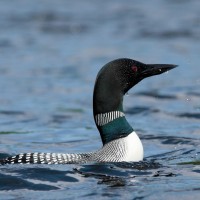 Michigan’s Isle Royale & Keweenaw PeninsulaAugust 15 - 23, 2025
Michigan’s Isle Royale & Keweenaw PeninsulaAugust 15 - 23, 2025 -
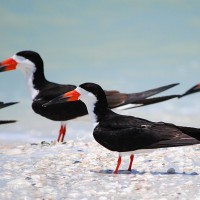 Cape May: Fall MigrationOctober 7 - 13, 2025
Cape May: Fall MigrationOctober 7 - 13, 2025 -
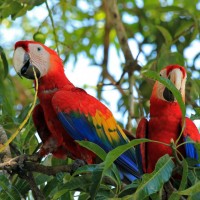 Costa Rica Birding & NatureJanuary 22 - 29, 2026, w/Pacific Coast extension
Costa Rica Birding & NatureJanuary 22 - 29, 2026, w/Pacific Coast extension -
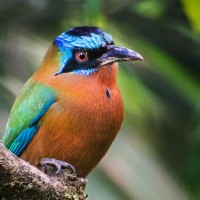 Trinidad & Tobago: Incredible Birds & WildlifeFebruary 20 - March 1, 2026
Trinidad & Tobago: Incredible Birds & WildlifeFebruary 20 - March 1, 2026
-
-
Greg Butcher

Greg recently retired as the Migratory Species Coordinator for U.S. Forest Service International Programs, working throughout the Western Hemisphere, and as Vice President for Audubon Society of Northern Virginia, serving on the Conservation and Citizen Science committees. He is currently a Board Member for BirdsCaribbean. For his Ph.D. in Zoology at University of Washington, he studied the coloration and behavior of Bullock’s Orioles. Greg studied ecology in Costa Rica with the Organization for Tropical Studies and has worked internationally for the past 20 years. Greg previously worked for the National Audubon Society, American Birding Association, Birder’s World magazine (sadly, now defunct), Partners in Flight, and Cornell Lab of Ornithology. He is a Fellow of the American Ornithological Society (AOS). He has been a birder since he was 11 and has birded in all 50 states and 47 countries.
Other trips with Greg Butcher
-
 Texas Coast & Big Thicket FULL - See South Texas: Birding & Nature tour in March!April 16 - 24, 2025
Texas Coast & Big Thicket FULL - See South Texas: Birding & Nature tour in March!April 16 - 24, 2025 -
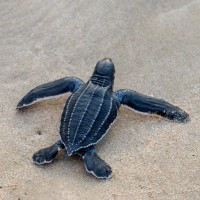 A Week at Trinidad's Asa Wright Nature Centre FULL - See our June departure!May 9 - 16, 2025
A Week at Trinidad's Asa Wright Nature Centre FULL - See our June departure!May 9 - 16, 2025 -
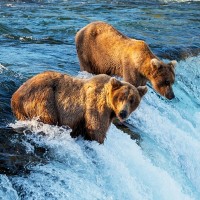 Alaska Sampler Only one double room left!August 11 - 19, 2025
Alaska Sampler Only one double room left!August 11 - 19, 2025 -
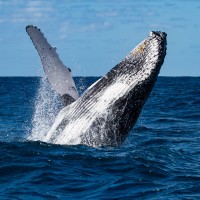 Southern California: Fall Coastal BirdingSeptember 28 - October 5, 2025
Southern California: Fall Coastal BirdingSeptember 28 - October 5, 2025 -
 Brazil’s Pantanal: Jaguars! And More… FULL - Check out Birds & Mammals of Ecuador's Andes!October 11 - 21, 2025, w/Amazonia extension
Brazil’s Pantanal: Jaguars! And More… FULL - Check out Birds & Mammals of Ecuador's Andes!October 11 - 21, 2025, w/Amazonia extension -
 South Texas Birding & Nature with Tucson AudubonDecember 3 - 11, 2025
South Texas Birding & Nature with Tucson AudubonDecember 3 - 11, 2025 -
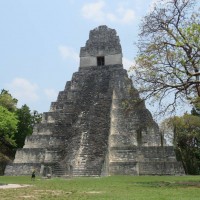 Best of Guatemala: Birding & CultureJanuary 21 - 31, 2026, w/Tikal extension
Best of Guatemala: Birding & CultureJanuary 21 - 31, 2026, w/Tikal extension -
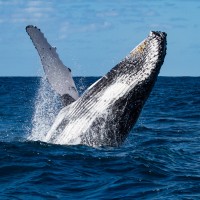 Southern California: Spring Coastal BirdingFebruary 16 - 23, 2026
Southern California: Spring Coastal BirdingFebruary 16 - 23, 2026 -
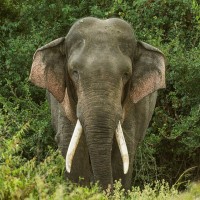 Island of Wonder: Birds & Nature of Sri LankaMarch 13 - 25, 2026, w/Mannar Island extension
Island of Wonder: Birds & Nature of Sri LankaMarch 13 - 25, 2026, w/Mannar Island extension
-
Essential Information +
Packing List +
Suggested Reading List +
Useful Links +
Photo credits: Banners: Anchorage Scenic (NJ Stock), Moose (NJ Stock), Island in Kenai Fjords (NJ Stock), Whale Breaching in Seward (NJ Stock), Bears (NJ Stock), Nome Alaska (NJ Stock), Grizzly Bear in Denali (Greg Smith) Thumbnails: Dall Sheep (NJ Stock), Common Murre (NJ Stock), Wild Rose (Peg Abbott), Horned Puffin (NJ Stock), Black Oystercatchers (Peg Abbott), Arctic Gentian (NJ Stock), Sea Otter (NJ Stock), Bald Eagle (NJ Stock)








